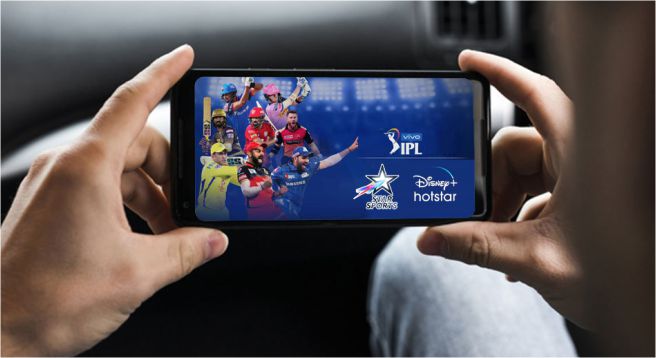In a cricket-crazy nation where despite pandemic-related issues viewership of the 14th edition of IPL cricket was steady — first two weeks attracted 105 million unique viewers watching 17 matches, according to BARC India data — no wonder Disney is hoping to retain the broadcast rights when it comes up for renewal in 2022, according to a top company executive.
“IPL is a great asset for us. We have had a great run so far and we hope we can keep it (IPL rights) in future… that’s how I’d put it,” said Sunil Rayan, President and Head, Disney+ Hotstar while speaking at Future of Video-India, a global online conference organized by Asian media organization Asia Video Industry Association (AVIA) last week.
Pointing out that Hotstar was conceptualized (before Disney bought over Star Network from Rupert Murdoch in a global deal) initially as a “live sports destination”, Rayan, in conversation with AVIA CEO Louis Boswell, said, “It’s (IPL) critical even if we have expanded into other areas (of content offering).”
Star India bought the rights to IPL cricket for a staggering $ 2.5 billion for five years. The rights come up for renewal next year. After Disney’s takeover of Star India, which used IPL cricket to put part of the content on Hotstar behind a paywall, the streaming platform was rebranded Disney+Hotstar to also reflect the parent company’s own streaming business.
According to Rayan, the streamer had always believed in a mass strategy and cricket formed the core of the “value proposition” that the streamer offered.
In recent times, some other global OTT platforms too have been looking into sports content, particularly cricket, to make inroads into the Indian market where both TV and digital segments are showing growth. Amazon Prime Video has picked up the India rights for the Indian cricket team’s tour of New Zealand.
Asked about ways to effectively monetize live sports content, which is a costly affair globally, Rayan agreed sports content was “expensive”, but added that Disney+Hotstar can make it work.
“Sports is expensive, but we know how to manage things at scale. We wont’ specifically stick to one type of monetization. We believe in having a hybrid model,” Rayan said, explaining the model could include being partly advertising-led, subscription led and even TVoD (transactional VoD).
Rayan added that in an effort to have several avenues to monetize sports properties, Disney+Hotstar offers tiered service, including limited time free viewing, apart from paid subs for local languages and other tiers.
“We try to mix and match. We’d have to keep innovating on business models as things go ahead. It’s not an easy task,” Rayan said holding forth on how the streamer looks at monetizing content on the platform.
Asked about the synergies between Disney+ and Hotstar as the latter was born earlier, Rayan explained that when Disney acquired Star India (owners of Hotstar), it was felt that through Disney+Hotstar it would be a “great way to bring the magic of the Disney storytelling with the innovative brand called the Hotstar”.
Hotstar, Rayan explained, was built to have a separate fan base and serve a market that was “primarily mobile first” with content that was highly regionalised and localised to serve the various Indian markets as the country is not just one integrated market.
Rayan also believes that OTT is in its early stage in India and it cannot be viewed as OTT vs. TV game.
Pointing out that though 200 million households have TV, a number that continues to grow, Rayan said, “Who knows what’s the trend will be (in future)? Our parent company Disney owns both Disney+ Hotstar and Star TV. We do have the benefits of scale of content. We can give the consumer the choice of what they want to watch on TV and what on OTT.”
Dwelling on competition for the streamer, Rayan — while admitting that with live sports, VoD, TV and movies all together make Disney+Hotstar an unique proposition unlike others — added, “In a way you can say everybody’s a competition, or you can say nobody has got such an integrated service (like ours).”
However, he does feel that real competition, apart from global players, would come more from local OTT platforms that offer highly localized content. “Our goal is to see how we reach out to as many people as possible as we don’t believe one size fits all in India.”
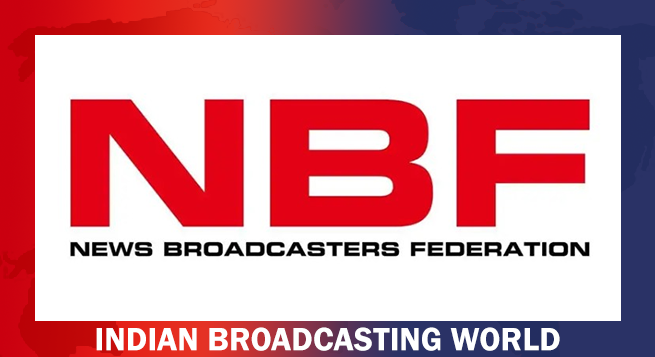 NBF issues another advisory to member TV news channels
NBF issues another advisory to member TV news channels  Govt directs OTT platforms to stop airing Pak content
Govt directs OTT platforms to stop airing Pak content 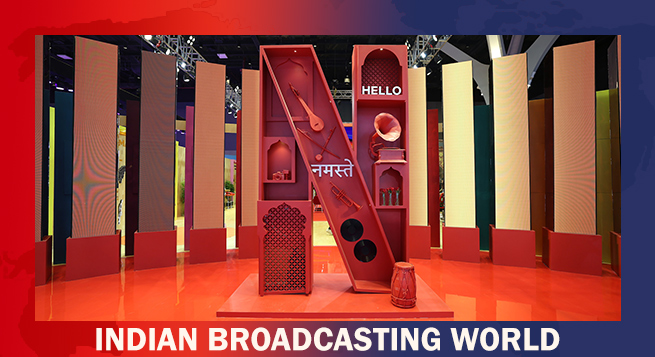 Netflix to have AI-powered iOS search in TV app revamp
Netflix to have AI-powered iOS search in TV app revamp  India sets up panel to review copyrights laws, AI disputes
India sets up panel to review copyrights laws, AI disputes 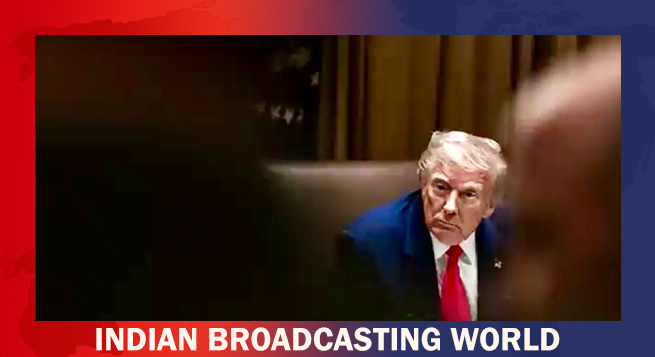 Can Trump’s foreign movie tariff threat impact Indian films’ biz?
Can Trump’s foreign movie tariff threat impact Indian films’ biz? 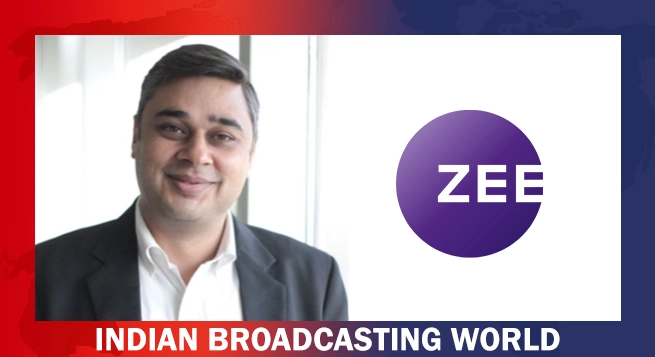 ZEEL appoints Rohit Suri as Chief Human Resource Officer
ZEEL appoints Rohit Suri as Chief Human Resource Officer 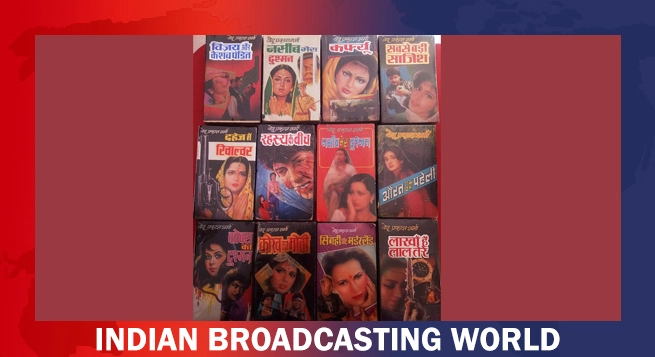 Ved Prakash Sharma’s bestselling novels to get film adaptations
Ved Prakash Sharma’s bestselling novels to get film adaptations 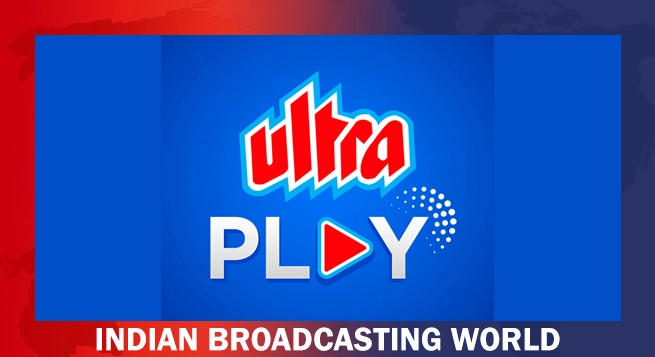 Ultra Play celebrates iconic Bollywood mothers with content lineup
Ultra Play celebrates iconic Bollywood mothers with content lineup 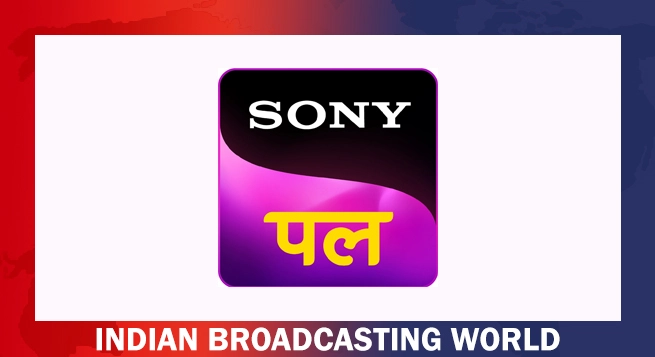 Sony PAL records 15.6% weekly reach in Week 17: BARC Report
Sony PAL records 15.6% weekly reach in Week 17: BARC Report 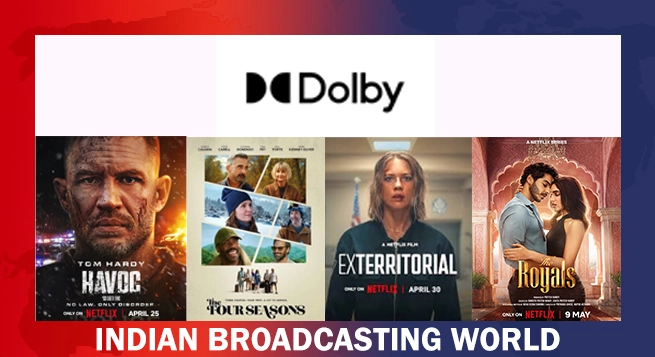 Dolby announces Mother’s Day special content lineup
Dolby announces Mother’s Day special content lineup 


